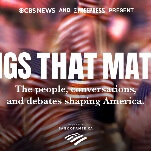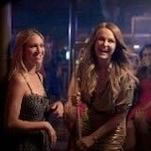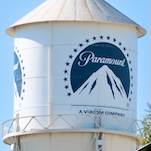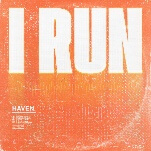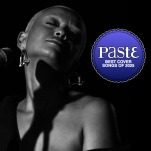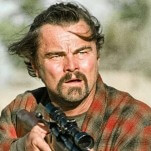Set and shot in the Catskills, the film centers on a tightly knit clan whose roots in the area date back to the 18th century. Though isolated, the family is well liked by the locals, who’ve come to accept its members’ eccentricities as a product of their strict upbringing. After their mother is found dead in a flooded ditch, the family begins to unravel; further pressure comes from the local doctor, who has begun to suspect that they are hiding something sinister. (The secret is easy to guess, though that doesn’t detract from the pleasure of watching Mickle slowly reveal it.)
It’s a credit to the director’s vision that, though often lurid, We Are What We Are never registers as camp. Though his influences are chiefly New Hollywood—Heaven’s Gate appears to have been a major visual reference, and there are several Brian De Palma-style split diopter shots—Mickle’s style doesn’t smack of film-school fetishism; instead, it speaks to an appreciation for careful moviemaking craft. Delicately lit and shadowed, with a visual palette dominated by rainwater grays and candlelit warm tones, the movie imagines the family’s home as a sort of perpetual pre-electric past where the modern world is let in only as a guest. Considering the material, a viewer might expect hysterical scenery-chewing; however, the fine-tuned cast—including Ambyr Childers, Julia Garner, and Tarantino mainstay Michael Parks as the soft-spoken doctor—deliver measured, understated performances that make the characters’ actions seem more believable than they have any right to be.













